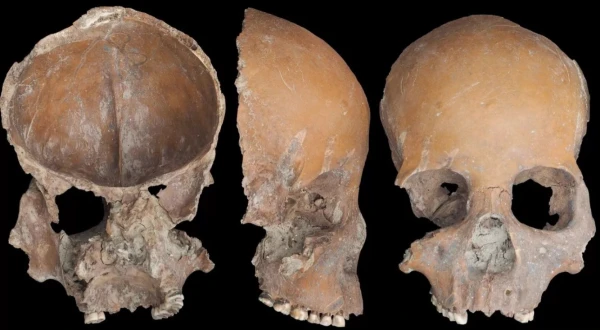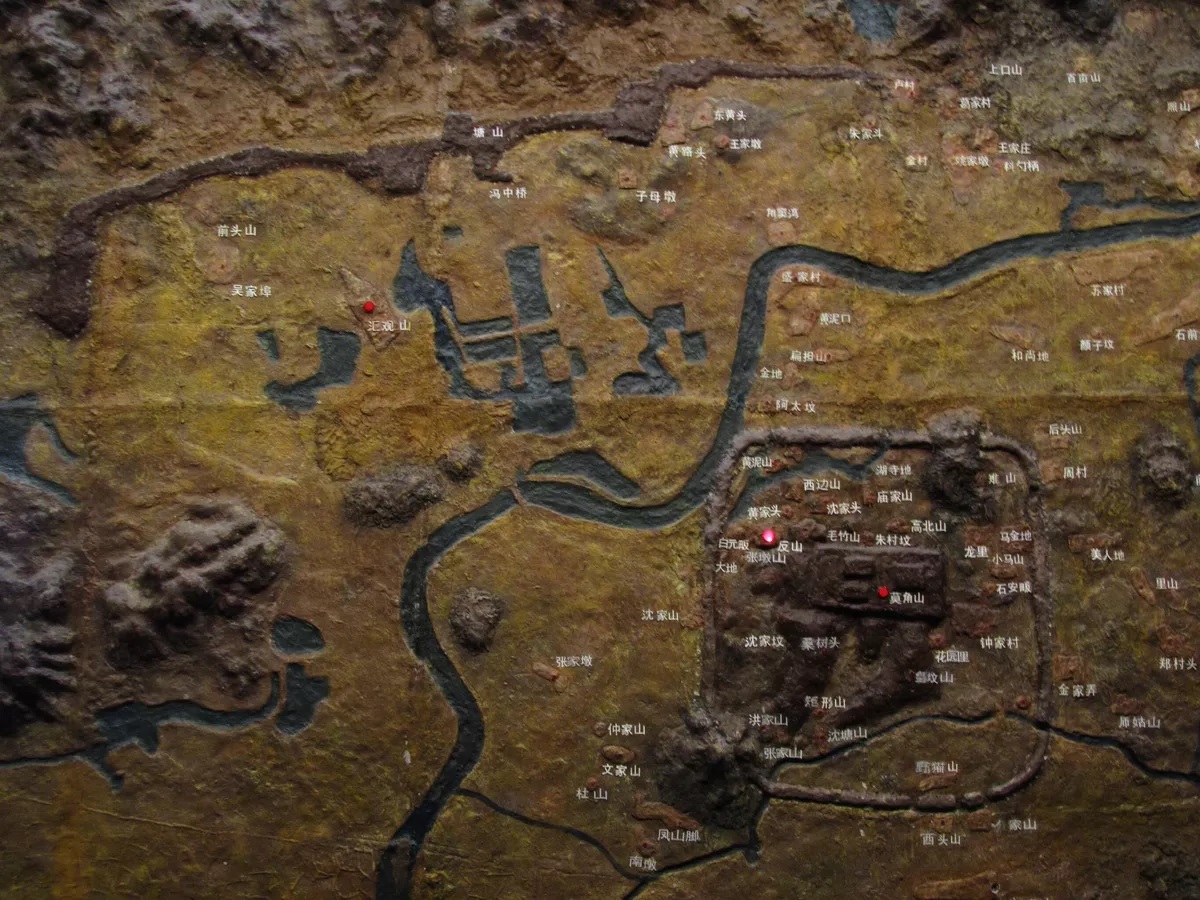
There are grounds to speak of the practice of human sacrifices.
Archaeologists have discovered disturbing artifacts made from human skulls in China. Experts are puzzled: they have not encountered such practices in this region before. However, there is already a preliminary theory about who and why such actions were taken.
Without Intent and Purpose
A joint team of archaeologists from China and Japan was conducting excavations in the Yangtze River delta. It is here, on the banks of the great river, that one of the first cities of East Asia — Liangzhu — emerged five and a half thousand years ago.
The eponymous culture — one of the cradles of Chinese civilization — consistently attracts the interest of specialists and continually surprises with curious findings. This time was no exception.
At one of the excavation sites, archaeologists discovered a pit filled with shards of pottery as well as bones, including human remains. Radiocarbon dating indicated that the remains date back to approximately 2500 BC.
Cemeteries in Liangzhu have been found before. However, none contained such exotic burials: the bones appeared to have been intentionally polished, some had holes drilled into them, and others had attempts made to carve something out of them.
The skulls drew the most interest. Some were cut horizontally — resulting in a sort of "bowls." Others were cut vertically, thus creating "masks."
"The fact that the remains were discarded in a pit without proper rituals indicates a lack of respect. Therefore, this cannot be considered a deliberate burial," noted the lead author of the study, bioanthropologist Junmei Sawada from the Niigata University of Health and Welfare.
Moreover, he added, there are no signs of violent death on the human bones. Therefore, they were processed after the corpses had decomposed.
Asian Venice
In general, the inhabitants of Liangzhu were more focused on construction than on rituals. Five thousand years ago, they already knew how to create complex hydraulic structures, dig canals, and build dams and reservoirs in the Yangtze River delta.

Such advanced skills can be primarily attributed to the agricultural needs of the ancient city-state. Liangzhu was one of the first in the region to cultivate rice, which requires a lot of moisture for higher yields. Metals were not yet known to the representatives of this ancient culture, but they did mine and skillfully process jade. During previous excavations, a vast number of burial items made from this stone — cylinders, discs, steles, and small ornaments — were found.
However, it cannot be said that the river civilization was entirely devoid of bloodthirstiness. For instance, in the Yaoshan settlement (Zhejiang Province), archaeologists unearthed a Neolithic altar consisting of 12 graves of slaves. Analysis results showed that all of them died a violent death. This provides grounds to speak of the practice of human sacrifices. However, this does not explain the origin of the tradition of making "bowls" and "masks" from human skulls.
Flood or Meteorite
Perhaps the decline of civilization will help unravel this mystery? About 4200 years ago, Liangzhu suddenly disappeared. It was previously believed that it fell victim to a catastrophic disaster. In the Yangtze Valley, there is Lake Taihu, which was thought by specialists to have formed at the site of a meteorite crater. This occurred around the time of the downfall of the ancient culture.














Leave a comment